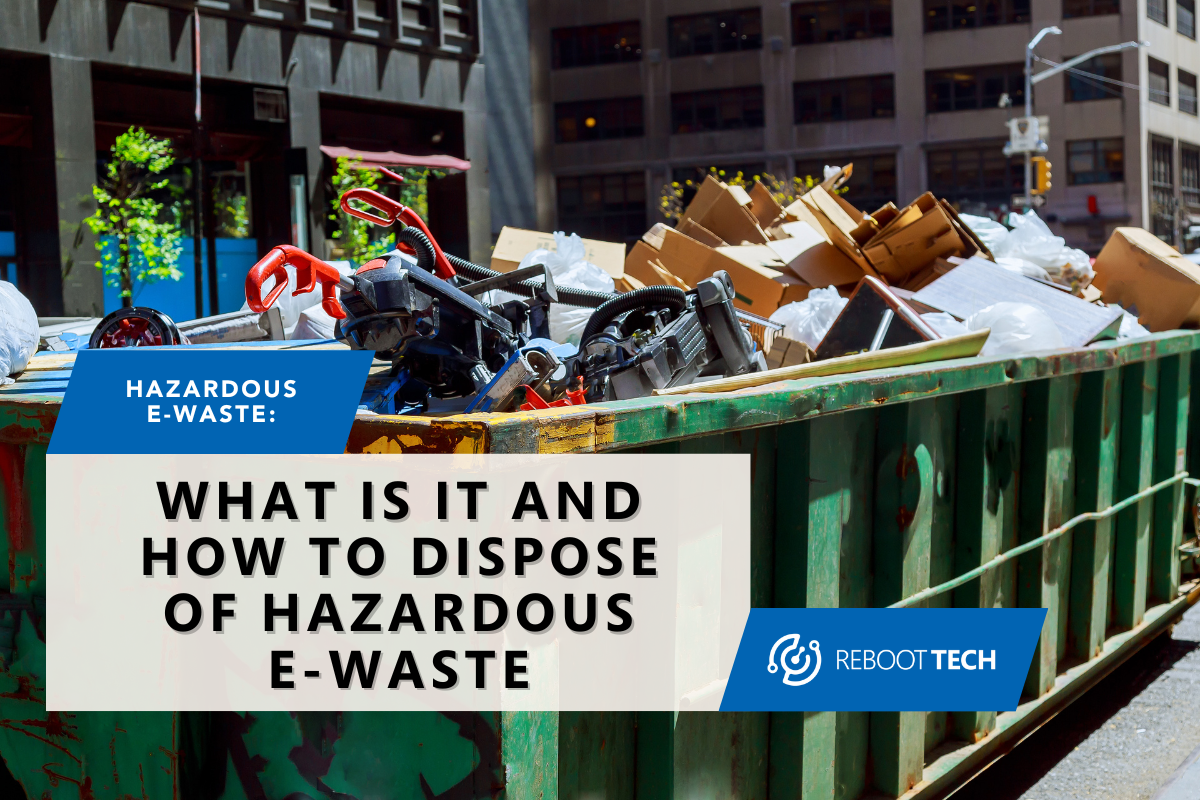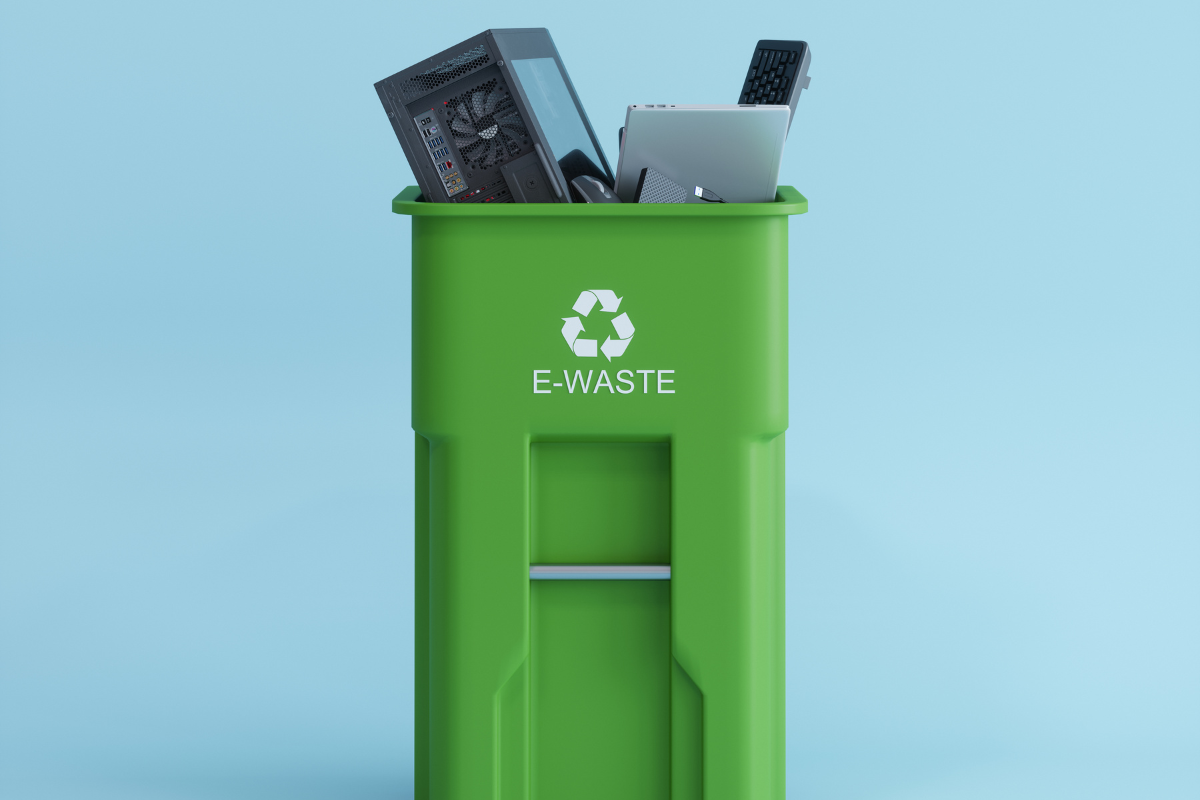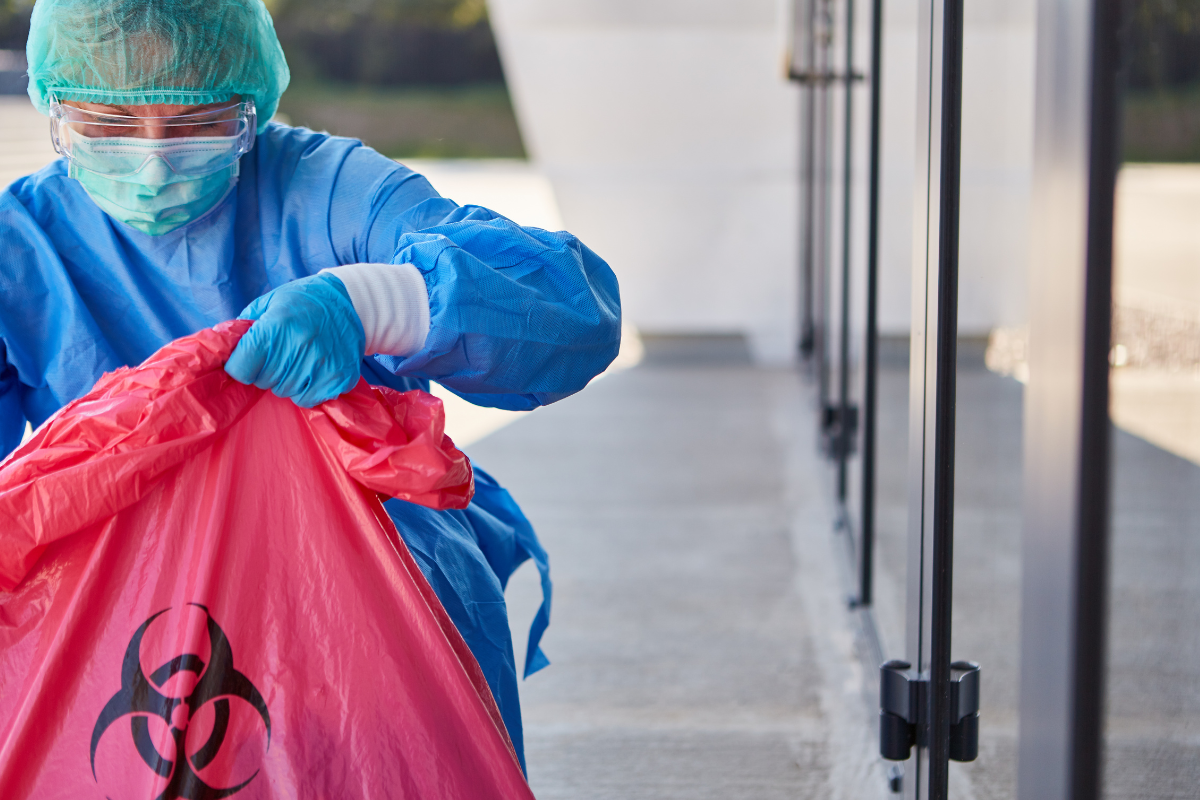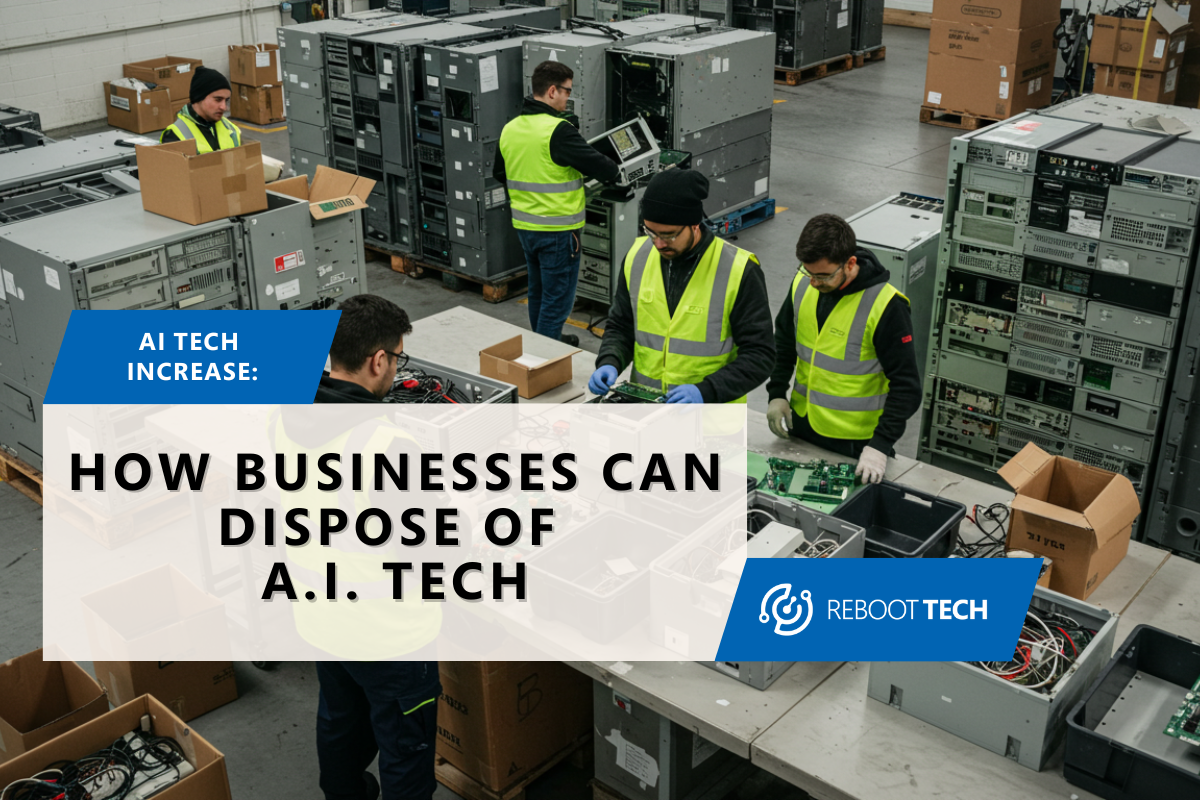
The Rise of E-Waste
Have you ever wondered what happens to your old smartphones, laptops, and other electronic gadgets when you discard them? Unfortunately, these outdated devices often end up as hazardous electronic waste (e-waste), posing serious environmental and health risks. In this blog post, we will unravel the mysteries of hazardous e-waste, explore its dangers, and provide you with practical tips on how to dispose of it safely and responsibly.
By the end of this article, you will understand what qualifies as hazardous e-waste, the potential dangers of improper disposal, and the best practices for disposing of e-waste correctly. We will also guide you on locating convenient drop-off sites and highlight the importance of choosing certified e-waste recyclers like Reboot Tech. So, stay tuned to learn how you can make a positive impact on the environment and your community.
With the rapid advancement of technology, our world is increasingly dependent on electronic devices. However, as these gadgets become obsolete, the improper disposal of e-waste has become a pressing issue. Let’s dive into the specifics of hazardous e-waste, the risks associated with it, and how you can take action to ensure a safer and cleaner environment. In this article, you’ll learn how to dispose of hazardous electronic waste, and much more.

What is Hazardous E-Waste?
Hazardous e-waste refers to discarded electronic devices that contain toxic substances harmful to the environment and human health. Common examples include:
- Smartphones
- Computers and laptops
- Televisions
- Batteries
- Fluorescent lights
These items often contain hazardous materials such as lead, mercury, cadmium, and brominated flame retardants. When not disposed of properly, these toxins can leach into the soil and water, causing severe environmental pollution and posing significant health risks.
Why is E-Waste Hazardous?
E-waste is hazardous because it contains substances that can be toxic or harmful. For instance:
- Lead and Cadmium: Found in batteries and computer parts, these elements can cause kidney, brain, and liver damage.
- Mercury: Common in flat-screen monitors and fluorescent lights, mercury exposure can lead to brain and kidney damage.
- Brominated Flame Retardants: Present in many electronics, these chemicals can affect the thyroid and cause developmental issues in children.

The improper disposal of these devices can lead to the release of these harmful substances into the environment, affecting both wildlife and humans.
The Dangers of Improper E-Waste Disposal
Improper disposal of e-waste can have devastating consequences. When e-waste ends up in landfills, the hazardous substances it contains can leach into the soil and groundwater, contaminating drinking water sources and agricultural land. This can lead to severe health problems, including:
- Cancer
- Neurological disorders
- Respiratory issues
- Reproductive problems
Additionally, burning e-waste to recover valuable metals releases toxic fumes into the air, contributing to air pollution and respiratory diseases. The environmental impact is equally alarming, as the chemicals in e-waste can disrupt ecosystems and harm wildlife.
Environmental Impact
E-waste contributes significantly to environmental pollution. When electronics are improperly discarded, toxic substances are released into the atmosphere, soil, and water. This can lead to:
- Soil Degradation: Toxins from e-waste can contaminate soil, reducing its fertility and harming plant life.
- Water Contamination: Harmful chemicals can seep into groundwater, affecting drinking water supplies and aquatic life.
- Air Pollution: Burning e-waste releases harmful dioxins and furans, contributing to air pollution and global warming.
How to Properly Dispose of Hazardous E-Waste
Proper disposal of hazardous e-waste is crucial to mitigate its adverse effects. Here are some steps you can take to ensure safe disposal:
1. Identify Hazardous E-Waste
The first step in proper disposal is identifying which of your electronic devices qualify as hazardous e-waste. Check for items like old smartphones, laptops, batteries, and any electronics that contain toxic substances.
2. Use Designated Drop-Off Sites
Many communities offer designated drop-off sites for e-waste. These locations are equipped to handle and recycle hazardous materials safely. Common drop-off sites include:
- Local recycling centers
- Municipal waste facilities
- Retail stores with recycling programs (e.g., Best Buy, Staples)
3. Find Certified E-Waste Recyclers
Choosing a certified e-waste recycler ensures that your electronic waste is handled responsibly. Certified recyclers adhere to strict environmental and safety standards. One such trusted recycler is Reboot Tech, which specializes in the safe and efficient recycling of hazardous e-waste.

4. Participate in E-Waste Collection Events
Many communities host e-waste collection events, providing a convenient way to dispose of your electronic devices. These events are often organized by local governments or environmental organizations and offer free or low-cost recycling services.
5. Donate or Sell Functional Electronics
If your electronics are still functional, consider donating or selling them. Many organizations accept used electronics for refurbishment and reuse, which can extend the life of the devices and reduce e-waste. Platforms like eBay, Craigslist, and local thrift stores are excellent options for selling or donating your gadgets.
6. Utilize Manufacturer Take-Back Programs
Many electronics manufacturers offer take-back programs, allowing consumers to return their old devices for proper recycling. Brands like Apple, Dell, and HP have established such programs to ensure their products are recycled responsibly.
Common E-Waste Drop-Off Sites
Finding convenient drop-off sites for e-waste can make disposal easier. Here are some common options:
1. Retail Stores
Many retail stores offer e-waste recycling programs. Stores like Best Buy, Staples, and Home Depot accept a wide range of electronic devices for recycling. Check with your local store for specific details.
2. Municipal Facilities
Local recycling centers and municipal waste facilities often have designated areas for e-waste disposal. These facilities are equipped to handle hazardous materials and ensure proper recycling.
3. Community Collection Events
Keep an eye out for community e-waste collection events. These events are typically organized by local governments or environmental organizations and provide a convenient way to dispose of your e-waste.

Disposing of Hazardous E-Waste
The proper disposal of hazardous e-waste is essential for protecting our environment and health. By understanding what qualifies as hazardous e-waste and the dangers of improper disposal, you can take proactive steps to ensure safe and responsible recycling. Utilize designated drop-off sites, certified recyclers like Reboot Tech, and community collection events to make a positive impact.

Taking the time to dispose of your e-waste correctly not only helps reduce pollution and conserve natural resources but also supports a healthier and more sustainable future. Together, we can make a difference by embracing responsible e-waste disposal practices and encouraging others to do the same. Let’s work together to create a cleaner, safer world for ourselves and future generations.





